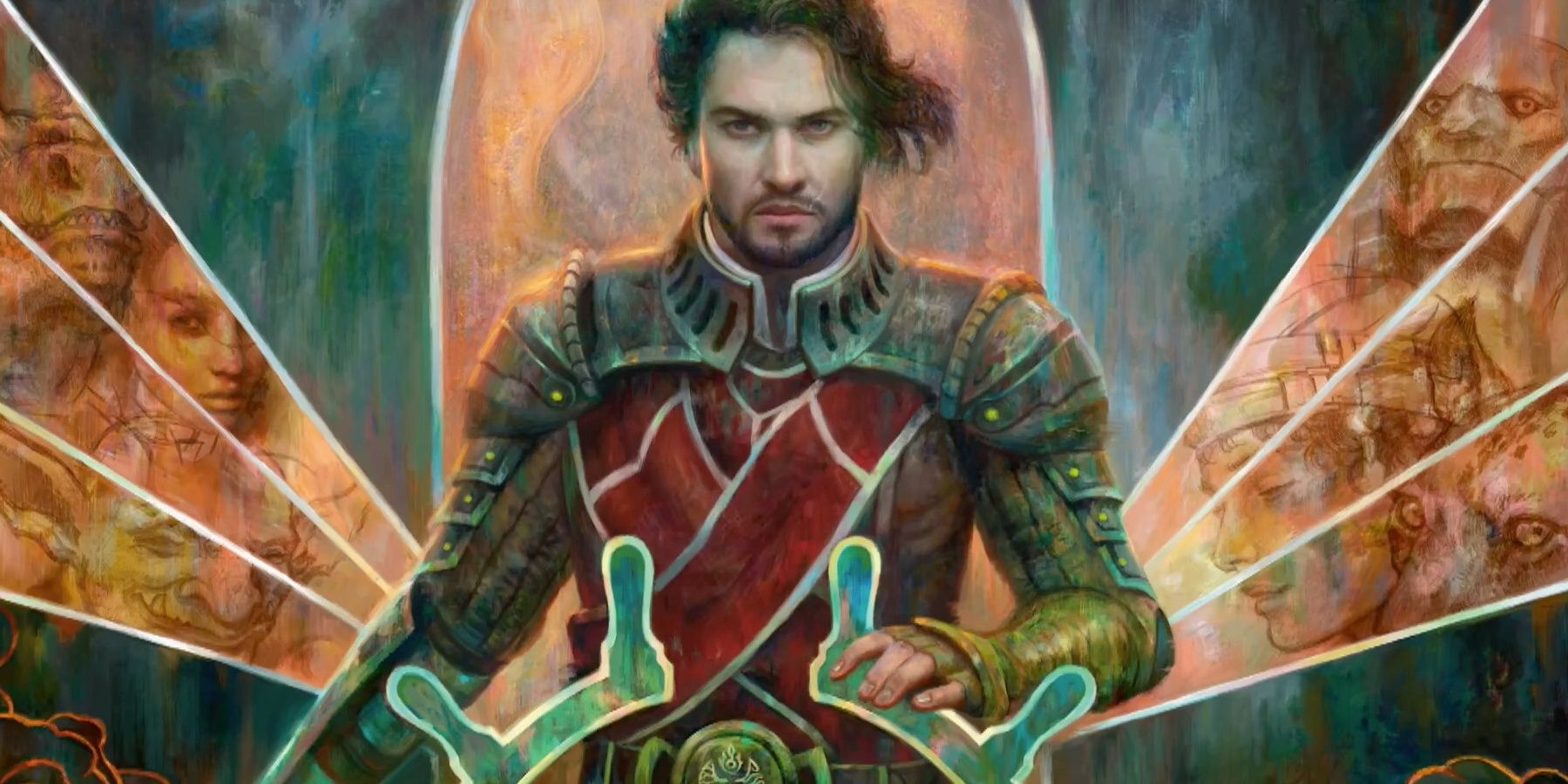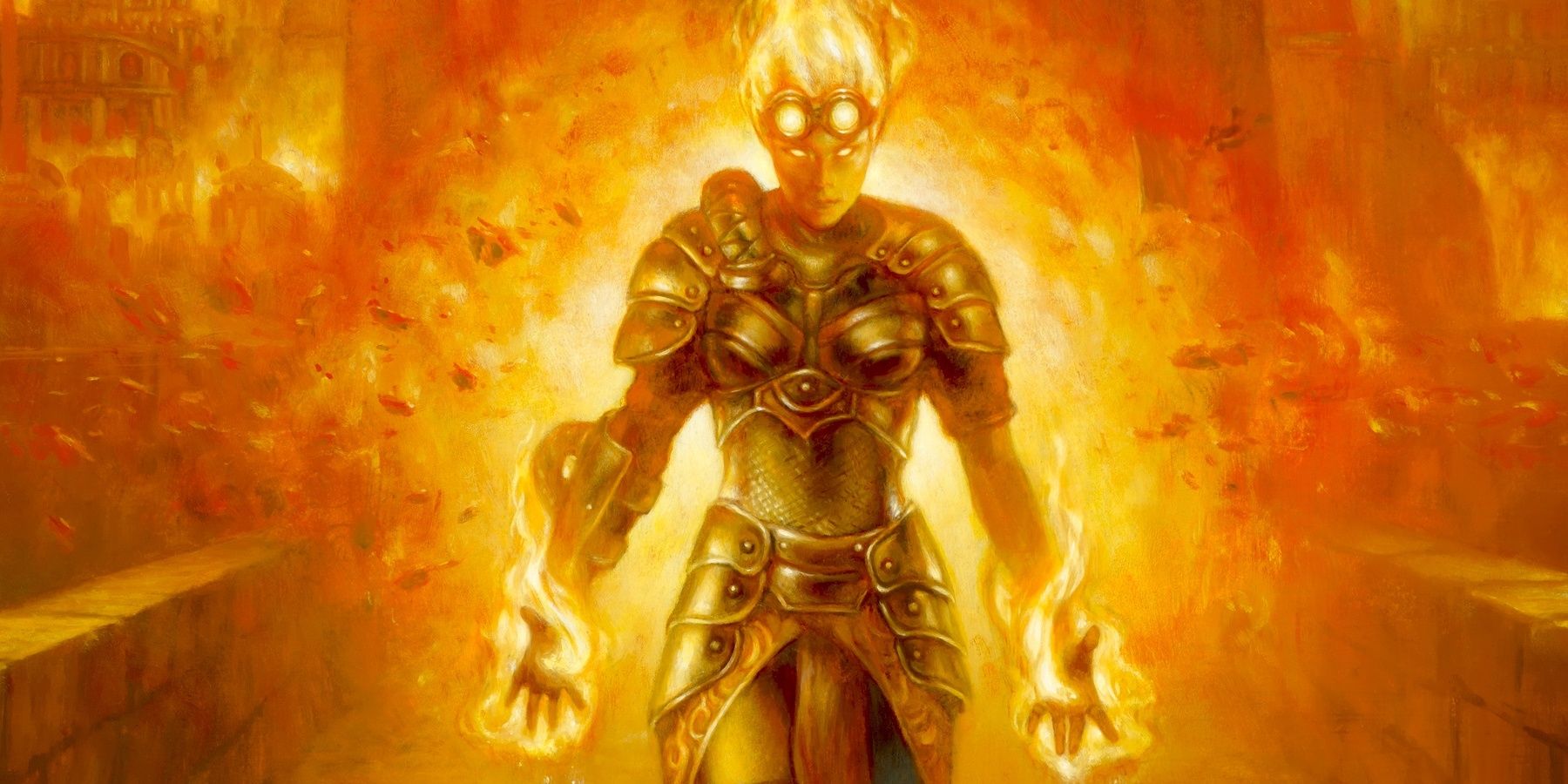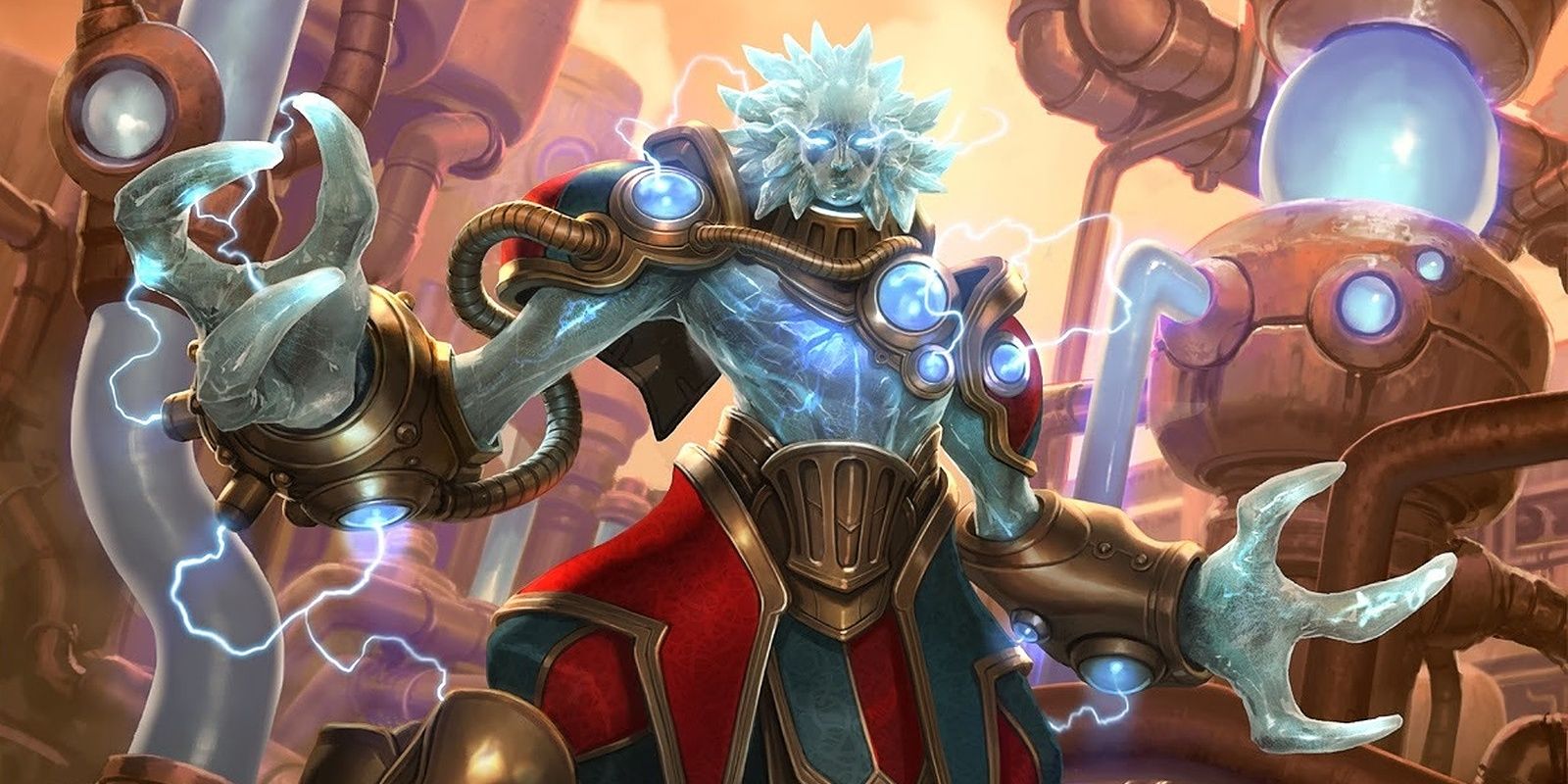Magic: The Gathering stands as the world's first trading card game, launching its maiden voyage with the Alpha set in August 1993. While the early game was rather clunky and erratic by today's standards, it has since worked out its kinks -- and that includes the "Legend Rule." New players may wonder why some creatures are considered legendary and what that means for gameplay.
Legendary creatures are not only major figures in the lore, such as Ajani Goldmane or Sorin Markov, but they are also impactful cards in the game. Most legends are creatures, but there are also legendary lands and artifacts, and even a few legendary enchantments and sorceries. Being legendary both makes the game more exciting and more balanced.
The Legend Rule's Evolution
The legend rule was not present in the Alpha set, or even the first few sets that followed, such as Arabian Nights or Antiquities. By 1994, Wizards released the Legends set, and indeed, this was the set that launched the "legend" creature type. At the time, "legend" was the creature's entire type, replacing words like "human," "warrior" or "elf." What's more, a deck could only have one copy of a given legendary creature, and if that creature entered the battlefield, the opponent could not cast their own copy if they had one.
It didn't take long for this rule to undergo changes. After some time, decks could have more than one copy of a given legendary card, but once a legend was on the battlefield, further copies could not be cast at all by either side. Then, the rule changed again: now, if a second copy of a given legend is cast and enters the battlefield, all instances of that legendary creature are sacrificed right away, as a state-based effect. Nothing could be done "in response" to this, such as tapping a legendary creature for an activated ability. At the time, players even used this effect as removal of sorts. For example, if one player had Emrakul, the Aeons Torn, the other player could cast their own Emrakul, and both would be vaporized.
The rule's current iteration is more forgiving. Today, casting a second instance of a legendary card means that all but one are sacrificed, and only for a given player. If a player has Akroma, Angel of Wrath and used a spell to create five token copies, then all but one Akroma will be lost (token or otherwise). Also, each player in a game may have one copy of the same legend, so now, each player may stare each other down with their respective Emrakuls. The same applies for any legendary permanent, such as lands and planeswalkers.
Why Cards Are Legendary
There are a few reasons for the legend rule. For one, it's simply a lot of fun (and immersive) to have standout creatures like these -- notorious warriors and wizards who have entered the annals of in-lore history. It's cool to have knights and wizards fighting in these battles, but what about a legendary knight commander whose presence or name can change the tide of battle with their reputation? That's simply cool, and these legendary creatures represent unique, notorious creatures or locations in the game.
Some blocks are known for having a lot of legends, with the Champions of Kamigawa block being an example. It features plenty of Samurai, Spirits, Shrines, lands and more that are a permanent part of the world's history. And, to mirror real-life Greek epics, the Theros block also has many legends, from Spartan-style kings to infamous hydras and unique merfolk. All sets based on the plane of Ravnica feature legendary guild leaders and lieutenants, from the Ghost Council of the Orzhov Syndicate to the scheming dragon Niv-Mizzet of the Izzet League.
In the game, the legend rule ensures that only one copy of a certain card may exist per player, thus balancing the cards and allowing them to be incredibly powerful. A legendary card may have jaw-dropping, unique effects that reshape the game, and they can get away with it because a player can't have a whole squad of them at a time.
This creates standout creatures in a set, mythical legends who go above and beyond. Imagine, for example, if a player had three copies of Sheoldred, Whispering One on their battlefield. That would be totally unfair, but the legend rule keeps it in check. With that failsafe in place, Wizards could afford to make Sheoldred as powerful as it is.
On a final note, the Legendary supertype has led to the creation of the Commander format, once known as EDH. The legend rule wasn't made with this format in mind (Commander was launched circa 2011), but rather it shows how impactful and fun the legend rule can be in terms of gameplay and flavor. Who better to lead a 100-card singleton deck than a legendary, famed creature whose very name can turn heads and inspire awe? No wonder Wizards of the Coast soon endorsed this fan-made format. Now, it's one of the game's staple formats, all thanks to legendary creatures.



